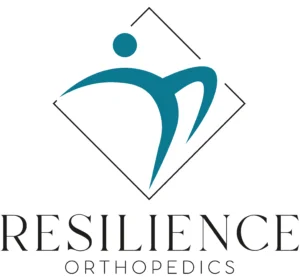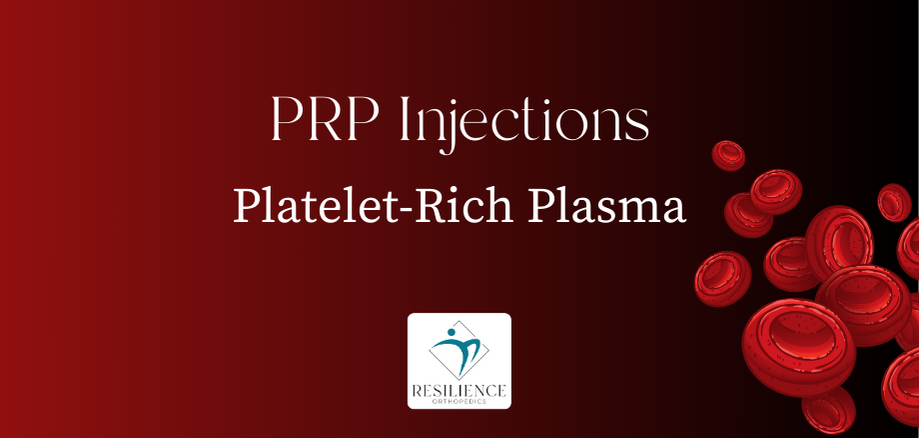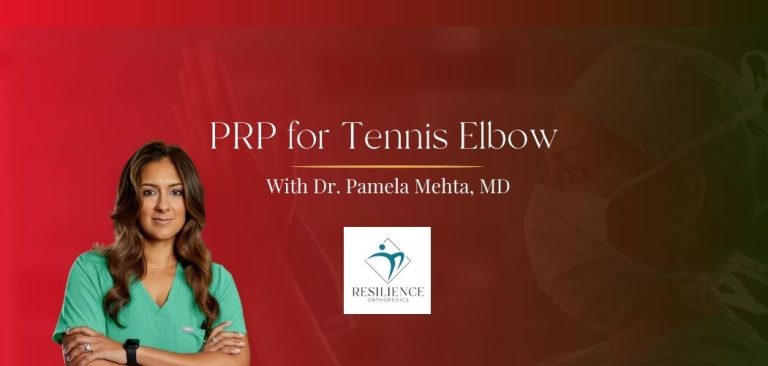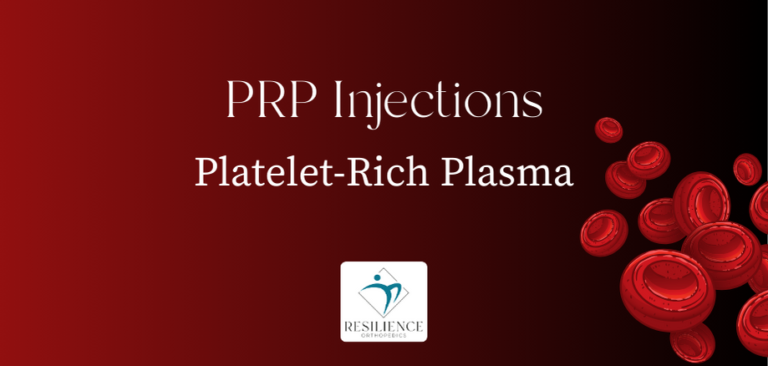Table of Contents
Key Takeaways
- Platelet-rich plasma (PRP) therapy is a minimally invasive treatment that uses your blood to promote tissue healing and reduce inflammation.
- It may benefit those with joint pain, tendon issues, early arthritis, and soft tissue injuries that haven’t responded to rest or physical therapy.
- Dr. Pamela Mehta offers one-on-one consultations and creates custom treatment plans, focusing on the least invasive approach first so you can heal faster and feel better.
Explore PRP Injections As a First Step
Not getting better doesn’t mean you’re out of options. Platelet-rich Plasma (PRP) injections could be the treatment that works.
PRP uses your own blood to support healing naturally. A small sample is taken and processed to separate your platelets. These platelets contain growth factors that aid in tissue repair.
Since PRP comes from your own body, it’s considered safe. If medications haven’t helped, or cause side effects, this might be a better fit.
There’s little to no downtime after treatment. You can return to your routine the same day.
We know it’s tough to sort through your options. So, here’s a quick breakdown of how PRP compares to options you may have already tried.
| Treatment Option | How It Works | Downtime | Risk of Side Effects | Effectiveness |
| PRP Therapy | Uses your own platelets to support healing | Minimal (same day) | Very low (uses your own blood) | Often long-lasting relief |
| Pain Medications | Temporarily blocks pain | None | Possible (gastrointestinal issues, cardiovascular problems, etc.) | Short-term relief |
| Cortisone Injections | May reduce inflammation temporarily | Minimal | May weaken tissue over time | Short-term relief |
| Surgery | Repairs damaged tissue | Weeks to months | Higher (infection, reaction to anesthesia) | Varies; longer recovery |
PRP may help:
- Reduce pain and inflammation
- Support tissue repair
- Boost collagen production
Unlike medications that mask symptoms, PRP encourages healing at the source. As your body begins to repair itself, you may experience lasting relief.

A large study reported that people who received three PRP injections experienced the most relief from knee osteoarthritis. The benefits lasted for up to six months, and no major side effects were reported.
Platelet dose also plays an important role in how well PRP works. Studies show that platelet doses between 4 billion and 10 billion per injection tend to produce the best results.
That’s why athletes like Rafael Nadal and Tiger Woods have used PRP to recover and return to the sports they love.
Today, more people are choosing PRP injections to stay active and feel better, naturally.
Book a Consultation with Dr. Pamela Mehta, MD
The Best Orthopedic Surgeon in San Jose
Dr. Mehta is a board-certified orthopedic surgeon who can help you recover from your joint condition. If you:
- Are Suffering From Pain and Mobility Issues
- Need Orthopedic Assessment and Advice
- Want Treatment From a Top Orthopedic Doctor
We Can Help
Who Can Benefit from PRP Treatment?
PRP may be right for you if you’re dealing with:
- Joint pain that makes it hard to move comfortably
- Tendon conditions like tennis elbow or golfer’s elbow
- Minor tears in your Achilles tendon
- Ongoing inflammation in your muscles, tendons, or ligaments
- Early signs of osteoarthritis
- Frozen shoulder, rotator cuff tears
- Sports injuries that haven’t healed over time
PRP may also help if you’ve already tried rest or physical therapy but haven’t seen any improvement.
In some cases, it’s used before or after surgery to support the healing process. It may ease your recovery by giving your tissues extra support as they repair.
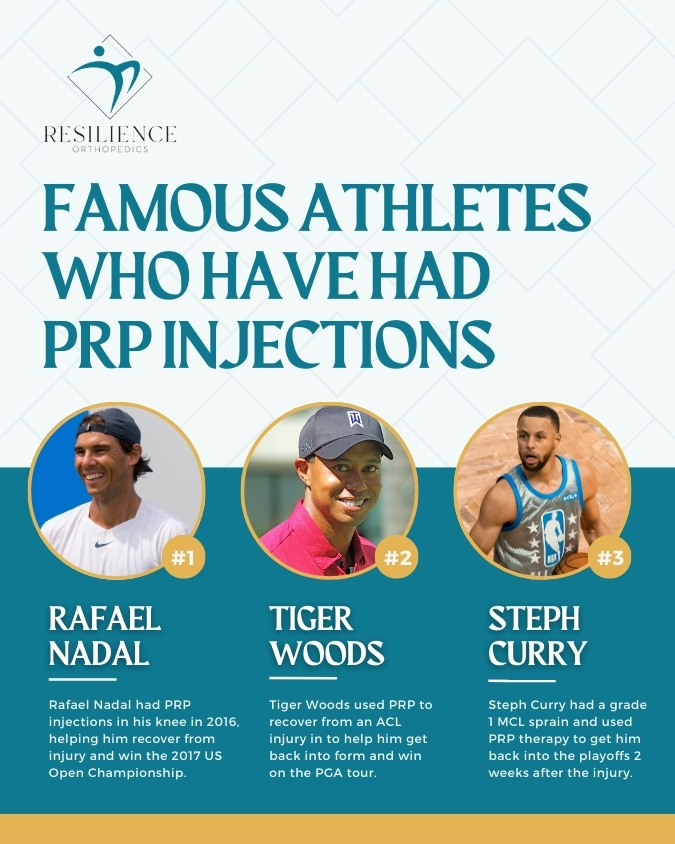
Why Patients Trust Resilience Orthopedics for PRP Therapy?
Living with pain can drain your energy and take the joy out of the things you love. At Resilience Orthopedics, you don’t have to go through that alone.
Dr. Pamela Mehta is a board-certified orthopedic surgeon and founder of Resilience Orthopedics. She opened her private clinic to give each patient more attention.
As a mother and recreational athlete, Dr. Mehta understands how pain holds you back. She listens closely to your concerns. Then she works with you to find the most effective way forward.

Surgery is never the first option here. Dr. Mehta believes in starting with the least invasive, most natural treatment options. Her goal is to help you heal and return to your normal routine as soon as possible.
Here are a few reasons patients across San Jose choose Resilience Orthopedics for PRP therapy:
Personalized Care
Your goals, your lifestyle, and your pain are unique. Dr. Mehta creates a treatment plan that fits you.
She considers your schedule and daily routine so your recovery fits into your life.
Advanced Techniques
At our Los Gatos clinic we offer cutting-edge regenerative treatments like Platelet-Rich Plasma (PRP) therapy.
It’s a natural way to support your body’s own healing process. PRP is safe and helps you recover without added stress on your body.
Local PRP Care In Los Gatos You Can Trust
Our Los Gatos clinic also serves San Jose, Cupertino, Campbell, and nearby areas. You’ll get quick access to treatment without long waits.
Dr. Mehta’s patients trust her for her warmth and clarity. She has earned a 95 percent satisfaction rate on Google, Yelp, Healthgrades, Sharecare, and RateMDs.

What to Expect From Your PRP Treatment
Here’s a simple, step-by-step breakdown of what you can expect when you visit Resilience Orthopedics, Los Gatos:
Your Initial Consultation
Your visit will start with a one-on-one consultation with Dr. Mehta. She’ll discuss your symptoms and review your medical history.
This helps her understand your needs and decide if PRP is the right option for you. Dr. Mehta will also walk you through the pros and cons so you feel fully informed.
Blood Draw and PRP Preparation
If you decide to move forward, we’ll take a small blood sample, similar to a standard lab test. The amount taken depends on your treatment area, but it’s usually a small amount.
Your blood is then placed in a centrifuge to separate the healing components. These are the platelets and growth factors that your body uses to repair tissues. Because this comes from your own body, allergic reactions are extremely rare.

PRP Injection
When your PRP is ready, Dr. Mehta will prepare the area being treated. If needed, she may apply a local anesthesia to make you comfortable.
She uses imaging to make sure the injection goes exactly where it’s needed. This helps improve accuracy and results.
The injection itself only takes a few minutes. You may feel mild soreness afterward, which usually gets better within a day or two.
Healing and Follow-Up
While healing timelines vary, you may notice improvement in 4 to 6 weeks.
Because tendon and joint tissues heal gradually, it can take 3 to 6 months to experience the full results. Dr. Mehta usually recommends follow-up appointments at the 6-week and 3-month marks to check in on your progress.
You’re never on your own, we’re here to support your recovery every step of the way.
Start Healing Naturally, Without Surgery or Long Downtime
We’re here to help you find the right path to relief. In a one-on-one consultation, Dr. Mehta will listen and help you understand what’s right for you. Book your consultation for PRP therapy today! Let’s take the next step together.
Ready to Recover?
Take the first step in getting back to your normal self, and book an appointment with Dr. Mehta today.
We’re ready when you are!
What Should I Do After PRP Therapy?
After your PRP treatment, you can usually return to your normal routine fairly quickly.
But to support your body’s healing process and get the most benefit, it’s important to follow a few simple steps:
1. Try not to wash the injection site for the first few hours, unless your doctor tells you otherwise.
2. Eat a healthy, balanced diet and stay well-hydrated, aim for at least four to six glasses of water a day.
3. Avoid any vigorous exercise for about five days to give your body time to focus on healing.
4. Try to avoid caffeine, alcohol, and smoking for a few days after your treatment, as these can interfere with your recovery.
Why Should I Avoid Caffeine After PRP?
Caffeine can reduce how well your blood clots and may interfere with how your platelets function.
Since PRP relies on your platelets to promote healing, anything that affects their activity could also reduce how effective the treatment is.
Can I Repeat PRP Therapy if Needed?
Yes, you can repeat PRP therapy. For certain conditions, like knee osteoarthritis, having more than one PRP injection often leads to better and longer-lasting results.
It’s important to remember that the right number of injections depends on your condition, how your body responds, and your overall health.
